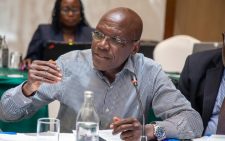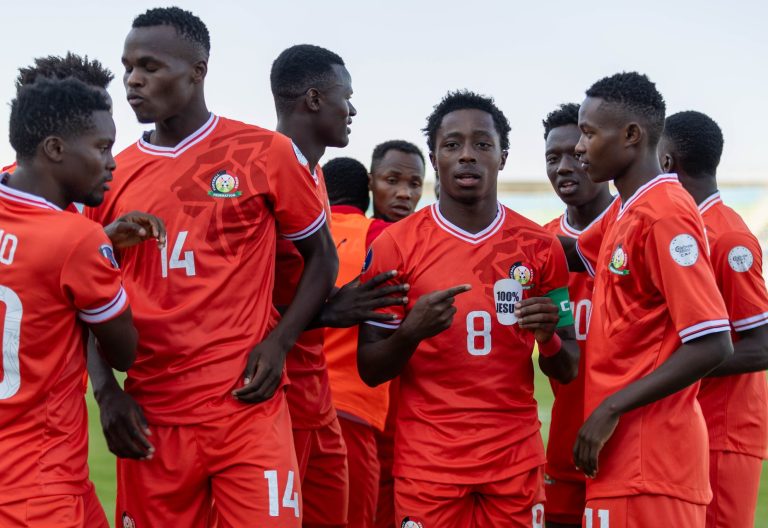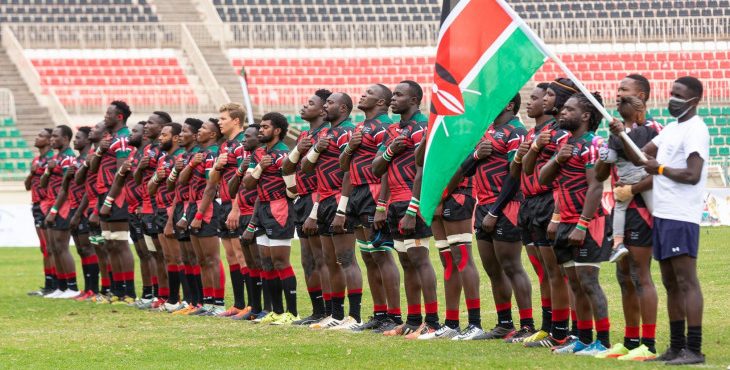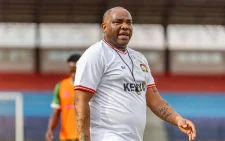What Kenya needs to keep stars rolling
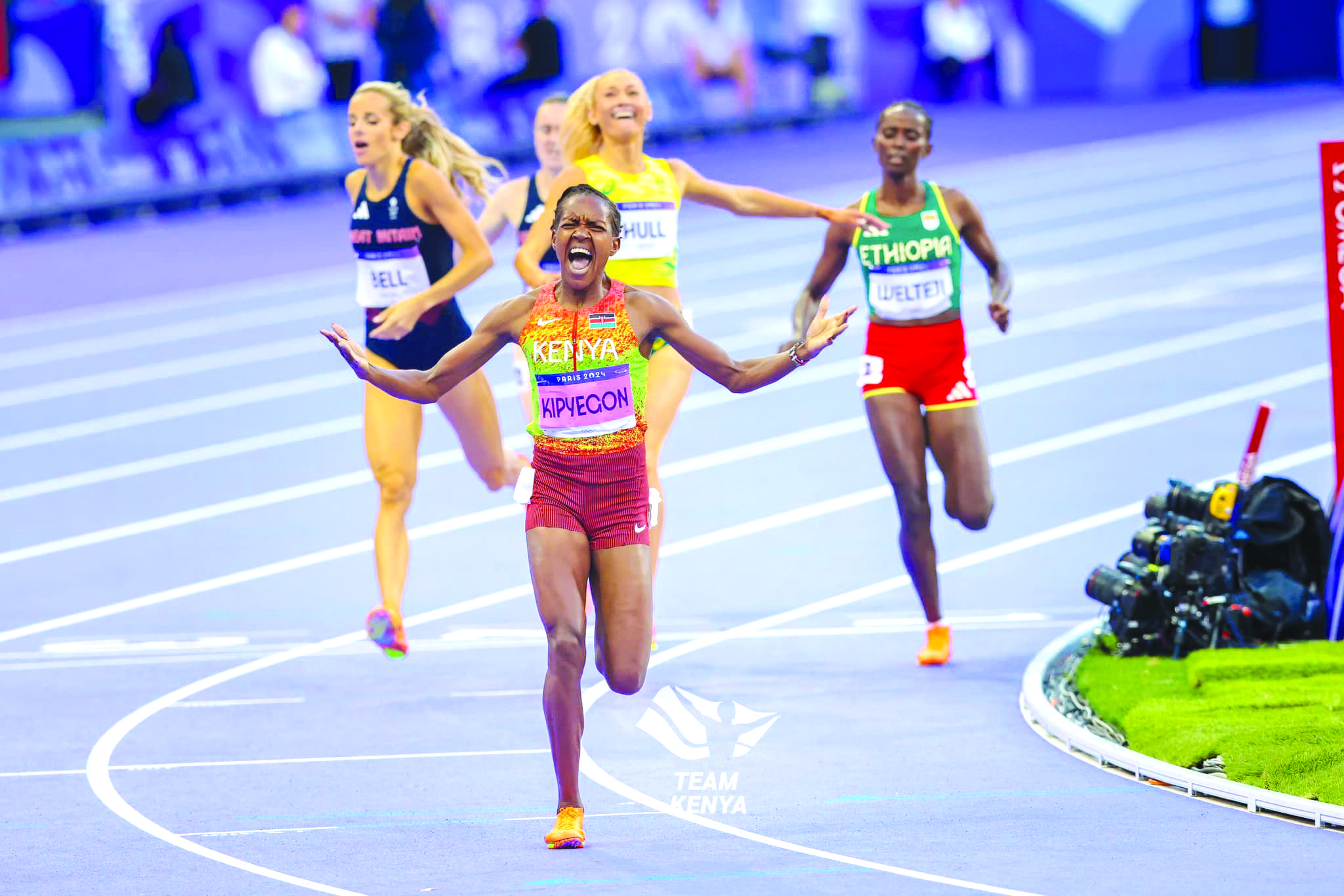
Kenyan running star Faith Kipyegon is considered one of the greatest 1,500m athletes the world has ever seen.
Particularly after winning her third consecutive Olympic gold in Paris, becoming the first athlete in the history of the event to achieve this feat, male or female. She set a new Olympic record in the process and also won silver in the 5,000m final a few days earlier.
Kipyegon holds world records in the 1,500m and one-mile events and is a former world record holder in the 5,000m. Kipyegon is a shining example of Kenya’s global dominance in distance running.
But, as a scholar who researches East African sports, her success raises a crucial question: how can Kenya ensure a flow of talent like hers in the future?
Securing international medals is increasingly becoming a challenge. Every nation wants to be represented on the awards podium. There are concerns about Kenya sustaining its success, especially given the rivalry from East African-born migrant athletes running for other countries.
How can Kenya keep excelling on the athletics track? To answer that question, I first look at what’s behind Kipyegon’s success and, drawing from this and broader studies, I then propose a roadmap of seven key factors that the country must focus on.
Behind Kipyegon’s success
Kipyegon’s career is a good place to understand what’s gone right with Kenya’s athletics training system. The reasons for her success include her talent and work ethic, and her positive and humble attitude. But central is the nurturing environment she trained in.
Born in 1994 on a rural Kenyan farm in the Rift Valley, she walked and jogged many miles to and from school. (According to research, one of the factors that shapes the most successful Kenyan and Ethiopian distance runners is growing up walking and jogging between 5km and 20km daily to and from school.)
Early exposure to a running culture within Kipyegon’s own family and at school was important. Her potential was identified by her physical education teacher. By the time she was 16, she had already placed 4th in the World Cross Country Championships.
Complementing this has been a growing training methodology that’s identified with Kenya’s high altitude athletics camps. The training is characterised by high intensity group sessions. Running at high altitudes means there is less oxygen and athletes tire more easily. The camps have become renowned for pushing athletes like Kipyegon to the limits of their endurance. The competitive environment also fosters camaraderie and a drive for excellence.
There are more than a dozen such camps scattered around the Rift Valley that are staffed with coaches who provide structured training and mentorship. Such coaches have played a vital role in Kipyegon’s development. Retired elite athlete Patrick Sang, for example, has trained multiple Olympic champions including Kipyegon and Eliud Kipchoge.
Given the low incomes of many rural families, running offers a pathway out of poverty for many children in the regions that have had a history of producing and nurturing successful athletes. This has also been a strong motivator for athletes like Kipyegon.
Athletic success is not just about replicating past methods, but adapting and evolving to meet the needs of future generations.
Great Britain could serve as an example of what a game-changer might look like. After a terrible Olympic performance in 1996, the country decided to invest in sports, including setting up a lottery to fund a world-class performance programme.
Their Olympic performance has rocketed. The programme allowed athletes to devote themselves entirely to their training while delivering a range of support services, from physiotherapy to nutrition. Kenya has the talent and capacity to do the same.
This article was updated to reflect Kipyegon’s Olympics results.
The article first appeared in The Conversation





